Radiator valves are a vital part of any home heating system, allowing you to control the flow of hot water to the radiators and adjust the amount of heat being produced. There are several different types of radiator valves available, each with its own unique features and benefits.
From traditional valves and thermostatic radiator valves (TRVs) to motorized valves and smart radiator valves, there is a valve to suit every need and preference.
In this article, we will explore the different types of radiator valves and how they work, helping you to choose the right valve for your home.
Features and benefits of radiator valves
Radiator valves are an essential component of a home heating system, allowing you to control the flow of hot water to the radiators and adjust the amount of heat being produced.
There are several different types of radiator valves available, including traditional valves, thermostatic radiator valves (TRVs), motorized valves, smart radiator valves, zone valves, and automatic air vents. Each type of valve has its own unique features and benefits, and the type of valve you choose will depend on your specific needs and preferences.
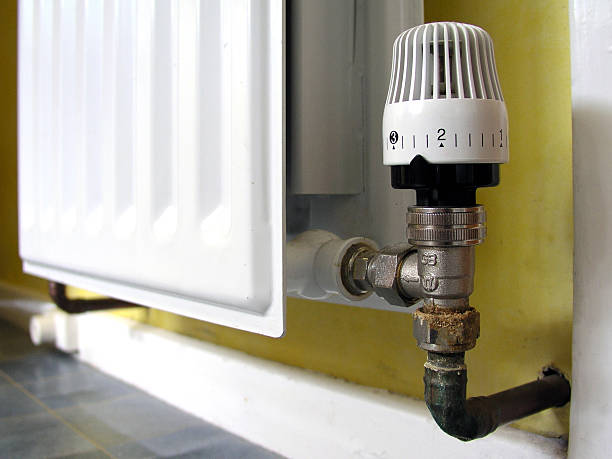
Radiator Valve Types
Radiator valves are used to control the flow of hot water to radiators, which in turn heats the room. There are several types of radiator valves, including traditional valves, thermostatic radiator valves (TRVs), and motorized valves.
There are several types of radiator valves commonly used in homes. These include:
Radiator valves with thermostats
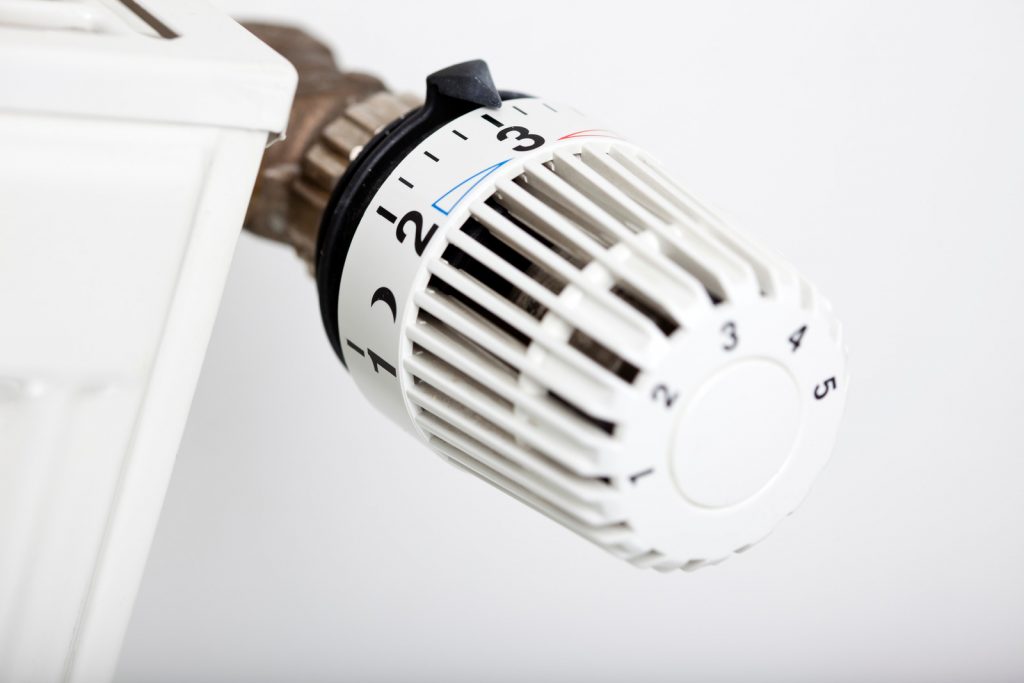
These valves are equipped with a built-in thermostat that allows you to set the desired temperature for each room. The valve will automatically adjust the flow of hot water to the radiator to maintain the desired temperature.
This type of valve is convenient because it allows you to set different temperatures for different rooms, and it helps to conserve energy by only heating the room to the desired temperature.
Traditional valves
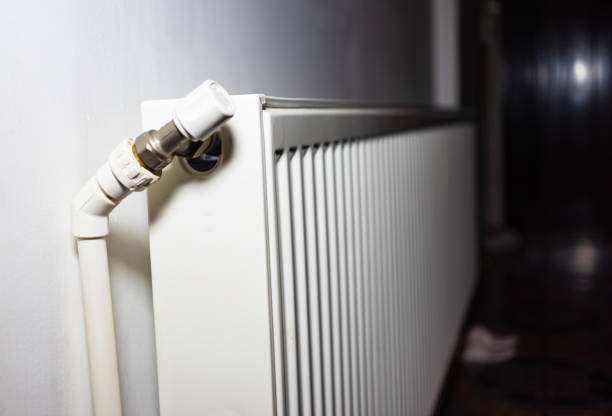
These are the most common type of radiator valves and are used to control the flow of hot water to the radiator. They typically have a knob or lever that can be turned to open or close the valve.
Lockshield valves

These valves are used to balance the flow of hot water to the radiator. They are usually located on the opposite end of the radiator from the traditional valve and are used to fine-tune the flow of hot water to the radiator.
Motorized valves
These valves are equipped with an electric motor that allows them to be controlled remotely. They can be used to turn the radiator on or off, or to adjust the flow of hot water to the radiator.
Smart radiator valves
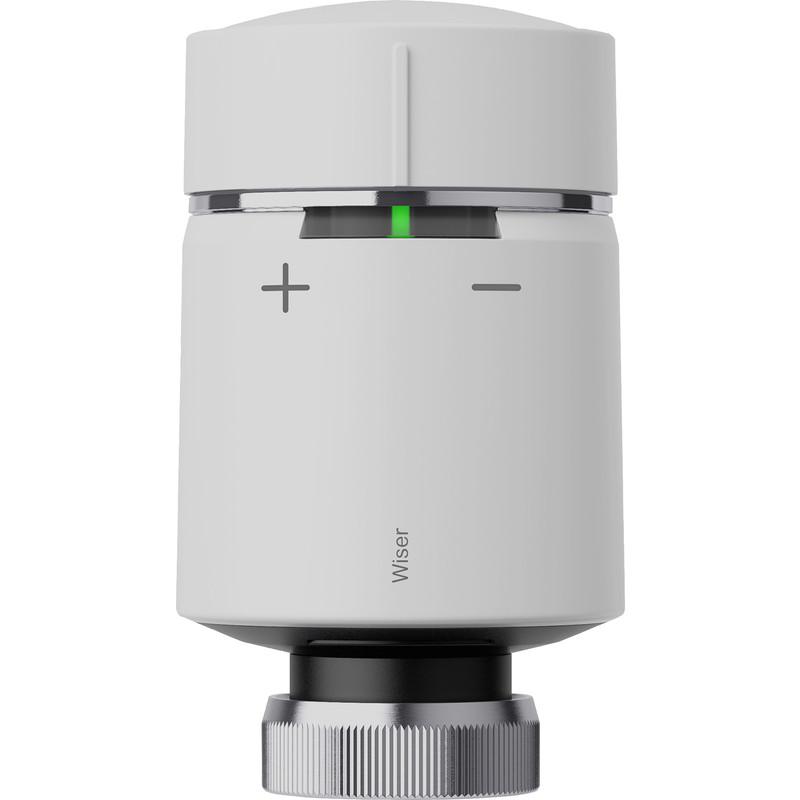
Smart radiator valves are equipped with Wi-Fi connectivity and can be controlled using a smartphone app or voice assistant. They allow you to set different temperatures for different rooms, and they can be programmed to automatically adjust the temperature based on your schedule.
Zone valves
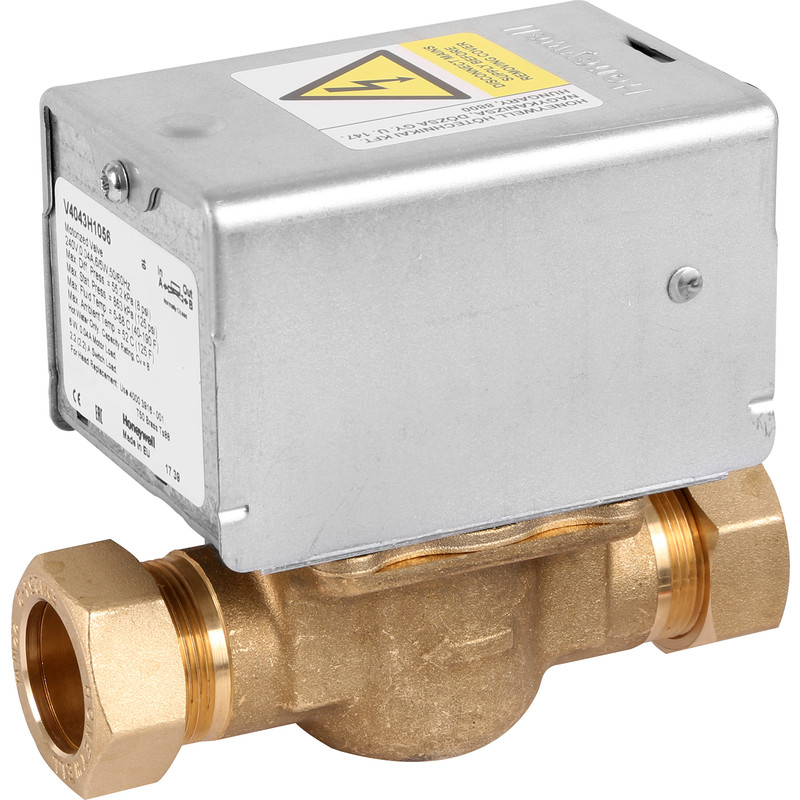
Zone valves are used to control the flow of hot water to specific areas or zones in a home. They allow you to set different temperatures for different rooms or areas, and they can help to conserve energy by only heating the areas that are being used.
Automatic air vents
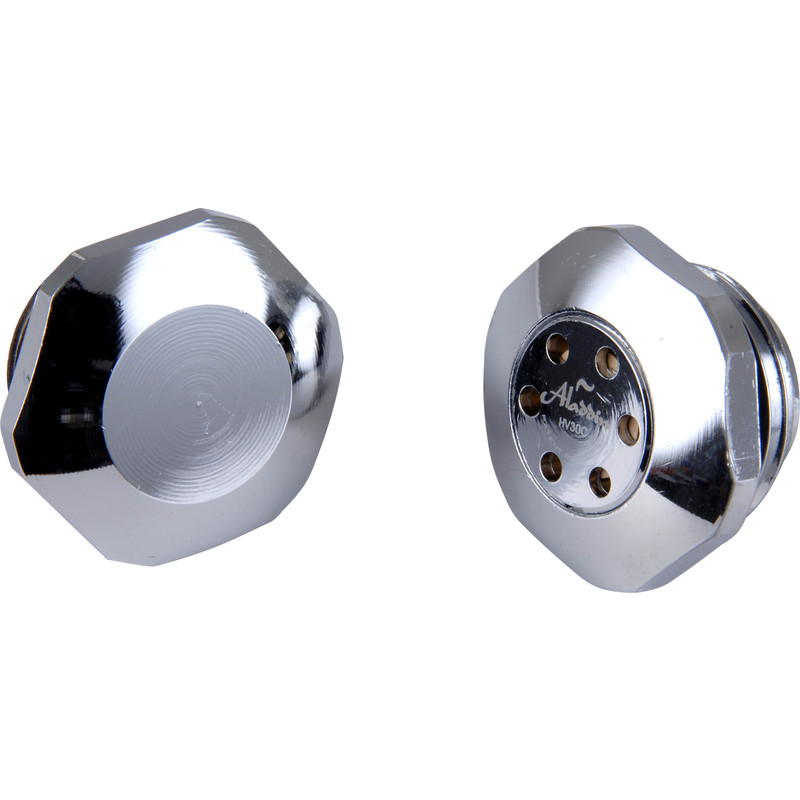
Automatic air vents are used to remove air from the heating system. They are typically installed on the top of radiators and are equipped with a float that rises when air is present, opening the valve to allow the air to escape.
In general, radiator valves are an important component of a home heating system as they allow you to control the flow of hot water to the radiators, and therefore the amount of heat being produced. They are an essential element in maintaining a comfortable and efficient home heating system.
Which radiator valves are manual and which are thermostatic?
The valves mentioned above that are manual are traditional valves and lockshield valves. These valves do not have a built-in thermostat and must be manually adjusted to control the flow of hot water to the radiator.
The valves mentioned above that are thermostatic are radiator valves with thermostats and thermostatic radiator valves (TRVs). These valves are equipped with a built-in thermostat that allows you to set the desired temperature for each room. The valve will automatically adjust the flow of hot water to the radiator to maintain the desired temperature.
Smart valves and zone valves are not thermostatic valves. While they may be used in conjunction with a thermostatic control system, they do not have a built-in thermostat.
Smart valves are equipped with Wi-Fi connectivity and can be controlled using a smartphone app or voice assistant. They allow you to set different temperatures for different rooms, and they can be programmed to automatically adjust the temperature based on your schedule.
Zone valves are used to control the flow of hot water to specific areas or zones in a home. They allow you to set different temperatures for different rooms or areas, and they can help to conserve energy by only heating the areas that are being used.
Automatic air vents are not thermostatic valves. They are used to remove air from the heating system and are typically installed on the top of radiators. They are equipped with a float that rises when air is present, opening the valve to allow the air to escape.
Overall, manual valves and thermostatic valves both have their own unique features and benefits, and the type of valve you choose will depend on your specific needs and preferences. Manual valves offer simple, manual control of the flow of hot water to the radiator, while thermostatic valves offer the convenience of automatic temperature control.
Radiator Valves Shapes

There are several different shapes of radiator valves, each with its own unique features and benefits. The most common shapes include straight, angled, and corner valves.
Straight valves
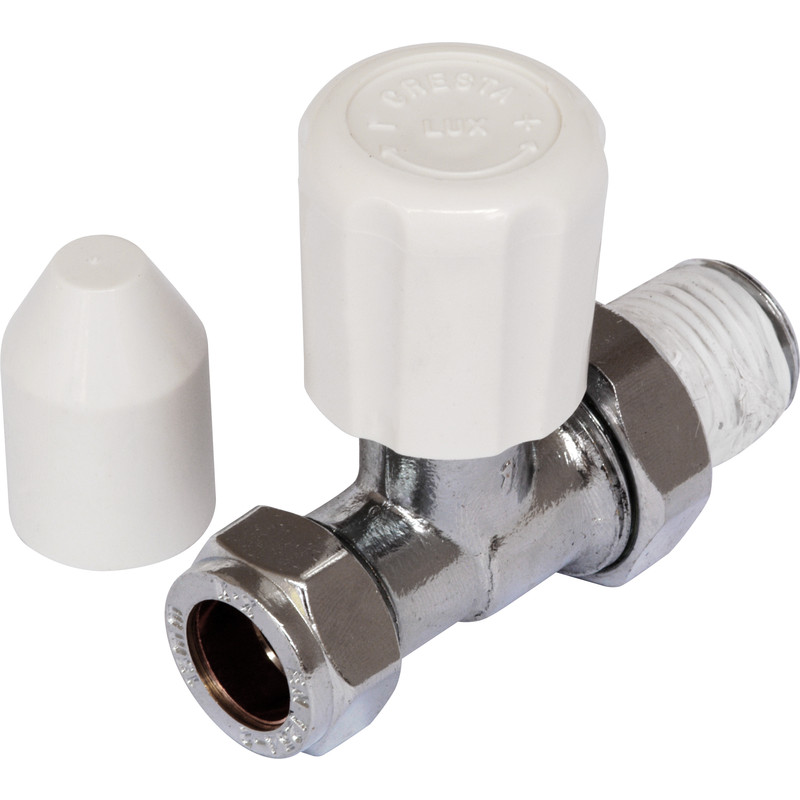
Straight valves are the most common type of radiator valve and are designed to be used with radiators that have a straight pipe connection. They are simple to install and are typically used in conjunction with traditional valves or thermostatic radiator valves (TRVs).
Angled valves
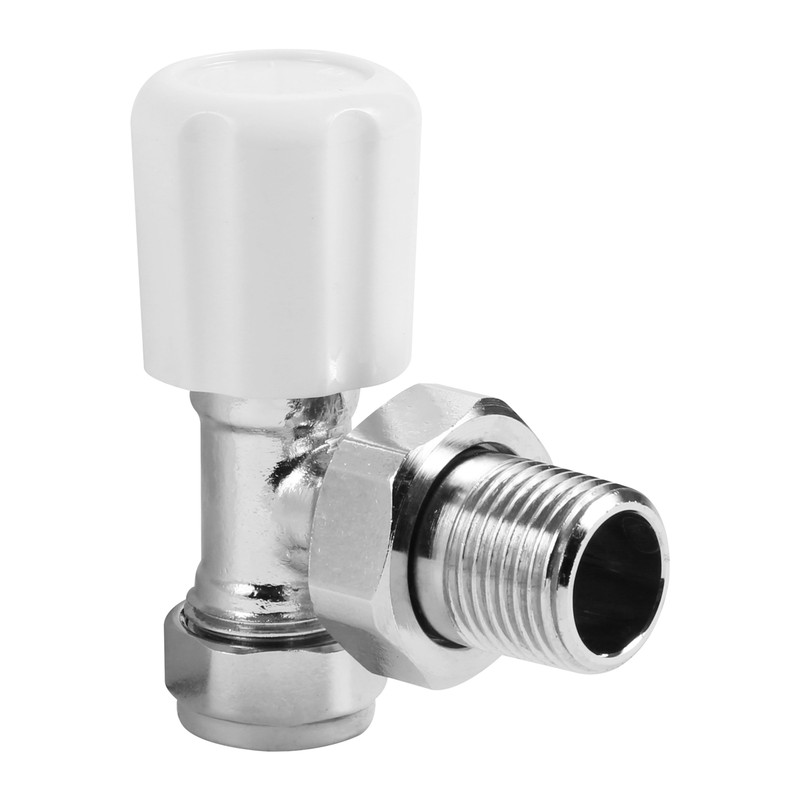
Angled valves are designed to be used with radiators that have a pipe connection at an angle. They are commonly used in rooms with limited space, as they allow the radiator to be mounted closer to the wall.
Corner valves
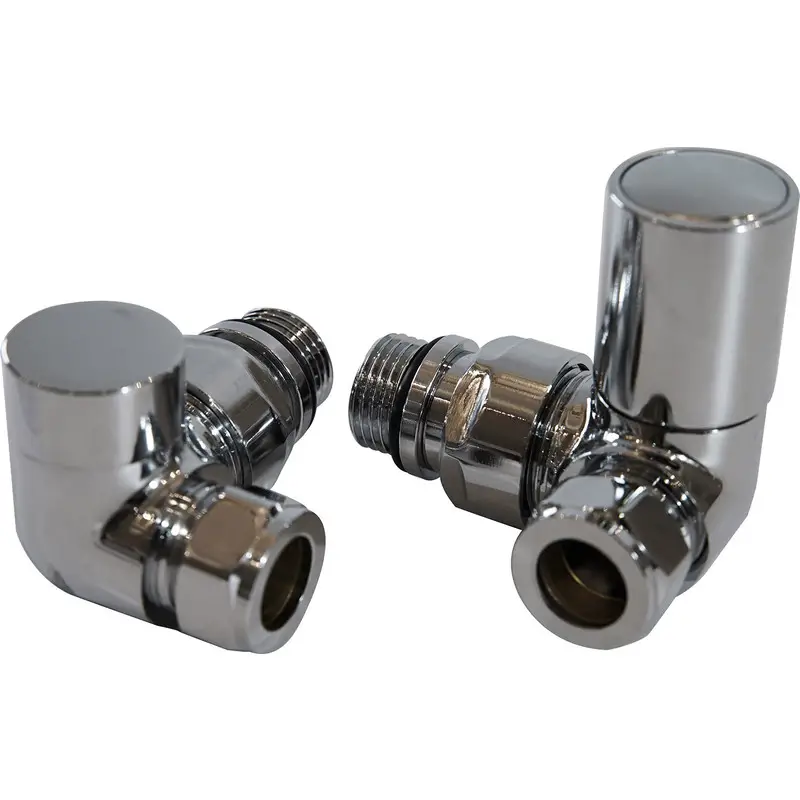
Corner valves are designed to be used with radiators that are mounted in the corner of a room. They are a good choice for rooms with limited space, as they allow the radiator to be mounted in a corner without taking up valuable floor space.
The shape of the valve you choose will depend on the location of the radiator and the available space in the room. It is important to select the appropriate valve shape to ensure a proper fit and optimal performance of the radiator.
What are the different radiator connections?
Radiator connections refer to the way in which the radiator is connected to the heating system. There are several different types of radiator connections, including:
- Compression fittings: Compression fittings are the most common type of radiator connection and are used to connect the radiator to the heating system using a compression ring and a compression nut.
- Soldered connections: Soldered connections are used to connect the radiator to the heating system using a soldering iron. This type of connection is typically more permanent and is used when the radiator is not going to be removed or replaced in the future.
- Flanged connections: Flanged connections are used to connect the radiator to the heating system using bolts and nuts. This type of connection is typically more permanent and is used when the radiator is not going to be removed or replaced in the future.
- Push-fit connections: Push-fit connections are used to connect the radiator to the heating system using a push-fit fitting. This type of connection is quick and easy to install, making it a good choice for DIY projects.
The type of radiator connection you choose will depend on your specific needs and the type of heating system you have. It is important to select the appropriate connection to ensure a secure and reliable connection between the radiator and the heating system.
Common pipe sizes used with radiator valves

Copper pipes are typically available in a range of sizes, measured in millimeters. The size of the pipe you need will depend on the size of the radiator and the type of heating system you have.
Some common sizes of copper pipes include:
- 8 millimeters: This size is commonly used for small radiators in domestic properties.
- 10 millimeters: This size is commonly used for medium-sized radiators in domestic properties.
- 15 millimeters: This size is commonly used for larger radiators in domestic properties.
- 22 millimeters: This size is commonly used for very large radiators in domestic properties.
For steel pipes, the common sizes are:
- 1/2 inch: This size is commonly used for smaller radiators and heating systems.
- 3/4 inch: This size is commonly used for larger radiators and heating systems.
- 1 inch: This size is commonly used for very large radiators and heating systems.
Popular materials for radiator valves
Radiator valves are typically made of metal, such as brass or stainless steel. These materials are durable and resistant to corrosion, making them a good choice for use in heating systems.
Brass is a popular material for radiator valves because it is strong and durable, and it has good corrosion resistance. It is also relatively easy to work with, making it a good choice for manufacturing valves.
Stainless steel is another popular material for radiator valves. It is strong, durable, and corrosion-resistant, making it a good choice for use in heating systems. It is also resistant to staining, making it easy to maintain.
In addition to brass and stainless steel, some radiator valves are also available in plastic. Plastic valves are generally less expensive than metal valves, but they may not be as durable or long-lasting.
Overall, the material you choose for your radiator valves will depend on your specific needs and preferences. It is important to consider factors such as durability, corrosion resistance, and cost when selecting the material for your radiator valves.
Read related articles:
- The Most Popular Radiator Styles And Designs For Modern Homes
- The Benefits of Different Types of Radiators: Cast Iron, Aluminium, and Electric
- Radiator Size Guide
*The information in this article should be used for general guidance only and not as financial or health advice. Full details are on the link in the footer to our disclaimer page. Always discuss your requirements with a competent and suitably qualified professional before undertaking any work.
